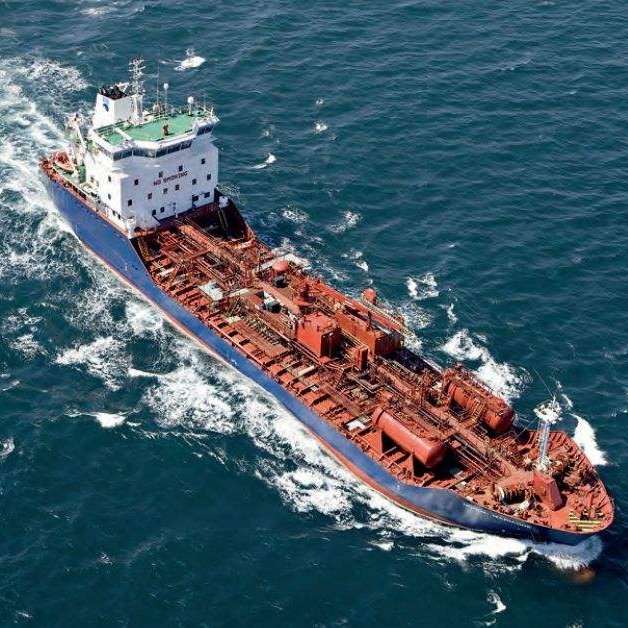
-
 Afrikaans
Afrikaans -
 Albanian
Albanian -
 Amharic
Amharic -
 Arabic
Arabic -
 Armenian
Armenian -
 Azerbaijani
Azerbaijani -
 Basque
Basque -
 Belarusian
Belarusian -
 Bengali
Bengali -
 Bosnian
Bosnian -
 Bulgarian
Bulgarian -
 Catalan
Catalan -
 Cebuano
Cebuano -
 China
China -
 China (Taiwan)
China (Taiwan) -
 Corsican
Corsican -
 Croatian
Croatian -
 Czech
Czech -
 Danish
Danish -
 Dutch
Dutch -
 English
English -
 Esperanto
Esperanto -
 Estonian
Estonian -
 Finnish
Finnish -
 French
French -
 Frisian
Frisian -
 Galician
Galician -
 Georgian
Georgian -
 German
German -
 Greek
Greek -
 Gujarati
Gujarati -
 Haitian Creole
Haitian Creole -
 hausa
hausa -
 hawaiian
hawaiian -
 Hebrew
Hebrew -
 Hindi
Hindi -
 Miao
Miao -
 Hungarian
Hungarian -
 Icelandic
Icelandic -
 igbo
igbo -
 Indonesian
Indonesian -
 irish
irish -
 Italian
Italian -
 Japanese
Japanese -
 Javanese
Javanese -
 Kannada
Kannada -
 kazakh
kazakh -
 Khmer
Khmer -
 Rwandese
Rwandese -
 Korean
Korean -
 Kurdish
Kurdish -
 Kyrgyz
Kyrgyz -
 Lao
Lao -
 Latin
Latin -
 Latvian
Latvian -
 Lithuanian
Lithuanian -
 Luxembourgish
Luxembourgish -
 Macedonian
Macedonian -
 Malgashi
Malgashi -
 Malay
Malay -
 Malayalam
Malayalam -
 Maltese
Maltese -
 Maori
Maori -
 Marathi
Marathi -
 Mongolian
Mongolian -
 Myanmar
Myanmar -
 Nepali
Nepali -
 Norwegian
Norwegian -
 Norwegian
Norwegian -
 Occitan
Occitan -
 Pashto
Pashto -
 Persian
Persian -
 Polish
Polish -
 Portuguese
Portuguese -
 Punjabi
Punjabi -
 Romanian
Romanian -
 Russian
Russian -
 Samoan
Samoan -
 Scottish Gaelic
Scottish Gaelic -
 Serbian
Serbian -
 Sesotho
Sesotho -
 Shona
Shona -
 Sindhi
Sindhi -
 Sinhala
Sinhala -
 Slovak
Slovak -
 Slovenian
Slovenian -
 Somali
Somali -
 Spanish
Spanish -
 Sundanese
Sundanese -
 Swahili
Swahili -
 Swedish
Swedish -
 Tagalog
Tagalog -
 Tajik
Tajik -
 Tamil
Tamil -
 Tatar
Tatar -
 Telugu
Telugu -
 Thai
Thai -
 Turkish
Turkish -
 Turkmen
Turkmen -
 Ukrainian
Ukrainian -
 Urdu
Urdu -
 Uighur
Uighur -
 Uzbek
Uzbek -
 Vietnamese
Vietnamese -
 Welsh
Welsh -
 Bantu
Bantu -
 Yiddish
Yiddish -
 Yoruba
Yoruba -
 Zulu
Zulu
Exploring the Benefits and Applications of Large Diameter Fiberglass Piping Solutions for Industry
The Advantages of Large Diameter Fiberglass Pipes
In recent years, the use of large diameter fiberglass pipes has surged across various industries due to their exceptional properties and versatility. Often referred to as Glass Fiber Reinforced Plastic (GRP) pipes, these materials offer several advantages over traditional piping options such as concrete, steel, and PVC. This article explores the benefits and applications of large diameter fiberglass pipes, making them an ideal choice for numerous projects.
Durability and Strength
One of the most significant advantages of large diameter fiberglass pipes is their outstanding durability. Fiberglass pipes are resistant to corrosion, which is a common problem with traditional metal pipes that can rust and degrade over time. This resistance makes fiberglass pipes suitable for transporting various fluids, including chemicals and wastewater, without the risk of leaks or failures. Moreover, they can withstand extreme temperatures and pressures, ensuring long-lasting performance even in harsh environments.
Lightweight and Easy Installation
Large diameter fiberglass pipes are considerably lighter than their concrete or metal counterparts. This lightweight nature simplifies handling and transportation, making installation more efficient. The reduced weight means that less heavy machinery is required during installation, ultimately lowering labor costs and facilitating quicker project completion. Additionally, fiberglass pipes can be manufactured in long lengths, minimizing the number of joints needed and further reducing the risk of leaks.
Cost-Effectiveness
large diameter fiberglass pipe

Although the initial investment in large diameter fiberglass pipes may be higher than traditional materials, their long-term cost-effectiveness cannot be overstated. The durability and resistance to corrosion lead to lower maintenance and replacement costs over time. In many cases, fiberglass pipes can last for over 50 years, making them a wise investment for both commercial and industrial applications. Additionally, their energy efficiency during production can contribute to overall cost savings in the long run.
Versatility in Applications
Large diameter fiberglass pipes can be found in a multitude of applications. They are widely used in water transmission and distribution systems, sewage and wastewater management, and industrial processes. Their versatility extends to underground and above-ground installations, with different designs tailored for specific uses. Industries such as oil and gas, mining, and telecommunications also benefit from fiberglass pipes for various conduits and transportation needs.
Eco-Friendly Choice
As sustainability becomes an increasingly vital consideration in construction and infrastructure development, large diameter fiberglass pipes stand out as an eco-friendly option. The manufacturing process of fiberglass pipes typically consumes less energy and produces fewer emissions compared to traditional piping materials. Additionally, fiberglass pipes are fully recyclable, contributing to a circular economy and reducing the environmental impact associated with waste disposal.
Conclusion
In conclusion, large diameter fiberglass pipes represent a modern solution to many of the challenges faced by industries today. Their combination of durability, lightweight properties, cost-effectiveness, versatility, and eco-friendliness make them an excellent choice for a wide range of applications. As the demand for efficient and sustainable infrastructure continues to grow, the adoption of fiberglass pipes is likely to increase, paving the way for innovative solutions in water management, industrial processes, and beyond. By choosing large diameter fiberglass pipes, businesses and municipalities can invest in reliable, long-lasting infrastructure that meets the needs of the present while being mindful of the future.









